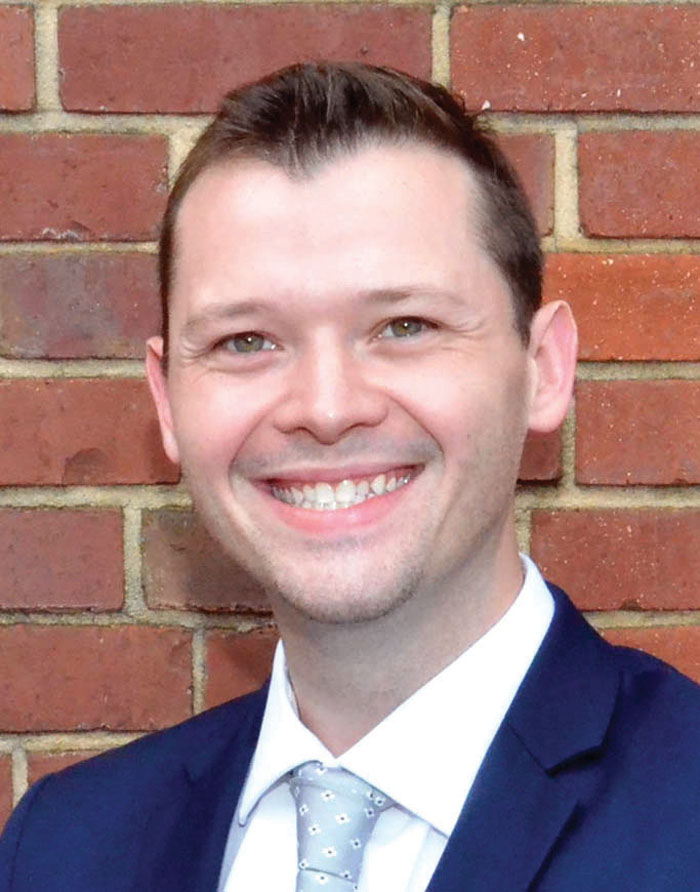Heartbeat of the cultural community: Arts council announces new leadership
Published 12:10 am Friday, January 5, 2024
SALISBURY — The arts, both visual and performing, are an important asset in the community, and it is the mission of the Rowan Arts Council to support the arts locally as well as provide funding, planning and education.
Recently, the RAC announced its new board of directors and grassroots grant panel for the upcoming term to continue in this mission.
Known for its commitment to creating a vibrant community through the arts, the council appointed Hunter Safrit as president with a dynamic team of board members including Linda Alexander; J. Keith Anderson, secretary; David Carmichael; Anne Scott Clement, past president; Isaiah Cornelius; Tonya Cross; Keyth Kahrs; Dan Mikkelson, treasurer; Bradley Moore, vice president; Janelle Woods; Emily Perry; Deirdre Parker Smith and Maegan George Worley.
The grassroots grants panel, which is aimed at fostering local arts through funds provided by the North Carolina Arts Council, includes Dan Mikkelson and Keith Anderson, who will serve as facilitators to lead the panel, composed of Mollie Ruf, Juliette Faroe, Dr. Lawrence Quinnett, Elizabeth Trick and Sabrina Harris.
Offering background and experience having served as vice president of the council prior to being appointed president, Safrit was officially voted into this office at the November meeting when the board was approved by the executive committee.
“It’s been a joy,” he said.
Sharing his enthusiasm about his new role, Safrit said, “it’s truly exciting to serve in this capacity and to advocate and aid other arts organizations in making Rowan County’s art landscape varied and beautifully diverse.”
Having term limits, some of the members of the board, he noted, will rotate off this year and some the following.
It was noted in a release that the RAC has been “instrumental in the local arts scene since 2011, contributing more than $1.4 million in grant monies to local arts organizations.”
Grants provided by the council come through both state and federal funds, Safrit shared.
The federal, he added, is “very restrictive in what we are allowed to give out in grants, but then we also have city and county funds that we allocate to arts groups and is a little bit more relaxed,” adding that their Arts and Cultural Development grant does not have to awarded to a 501(c)(3), but it can go to an individual artist.
“While we love music and visual art and theater and things like that, I think that we’re always looking for funding opportunities in our community,” Safrit shared. “So we really do want people to know that if you can in any way tie it to an artistic endeavor, we’re interested in seeing it happen.”
Safrit pointed out that a lot of their funding comes through the North Carolina Arts Council, an agency they have been working closely with and anticipate continuing to work closely in the future having “developed a stronger relationship to be able to utilize some of the resources that the North Carolina Arts Council has at its disposal.”
Safrit shared that he feels the RAC is important for several reasons, one being that they advocate and find funding for art organizations, both big and small, in the community.
A majority of the funds received from the state, city and county get reallocated back into other organizations seen in their grant program, he said.
Plus, he added, “the arts council really views what they do as like the heartbeat of the cultural community in Rowan County.”
He noted that it is a joy to work with them as they “look at our greater community and see what opportunities exist that didn’t exist 20 years ago that we can now really build up.”
While the general focus in the past has been to make sure people know they are searching for those who want to bring art to the community, Safrit said moving forward they want people to recognize “what we are, who we are and what we do.”
While it hasn’t happened yet, he noted that at times they have come close to not having sufficient people apply for the grants that the council has available.
“The Arts Council never wants to give money back to the state. We would love to see that stay in the county. I know that our community just needs to know more about what we do and what’s available,” he said.
The council typically offers two rounds of grants each season, one in the fall and one in the spring, it was noted in the release, with recipients of the fall grants to be announced soon, Safrit added.
For more information about the Rowan Arts Council and its initiatives, go to www.visitrowancountync.com/arts-council



